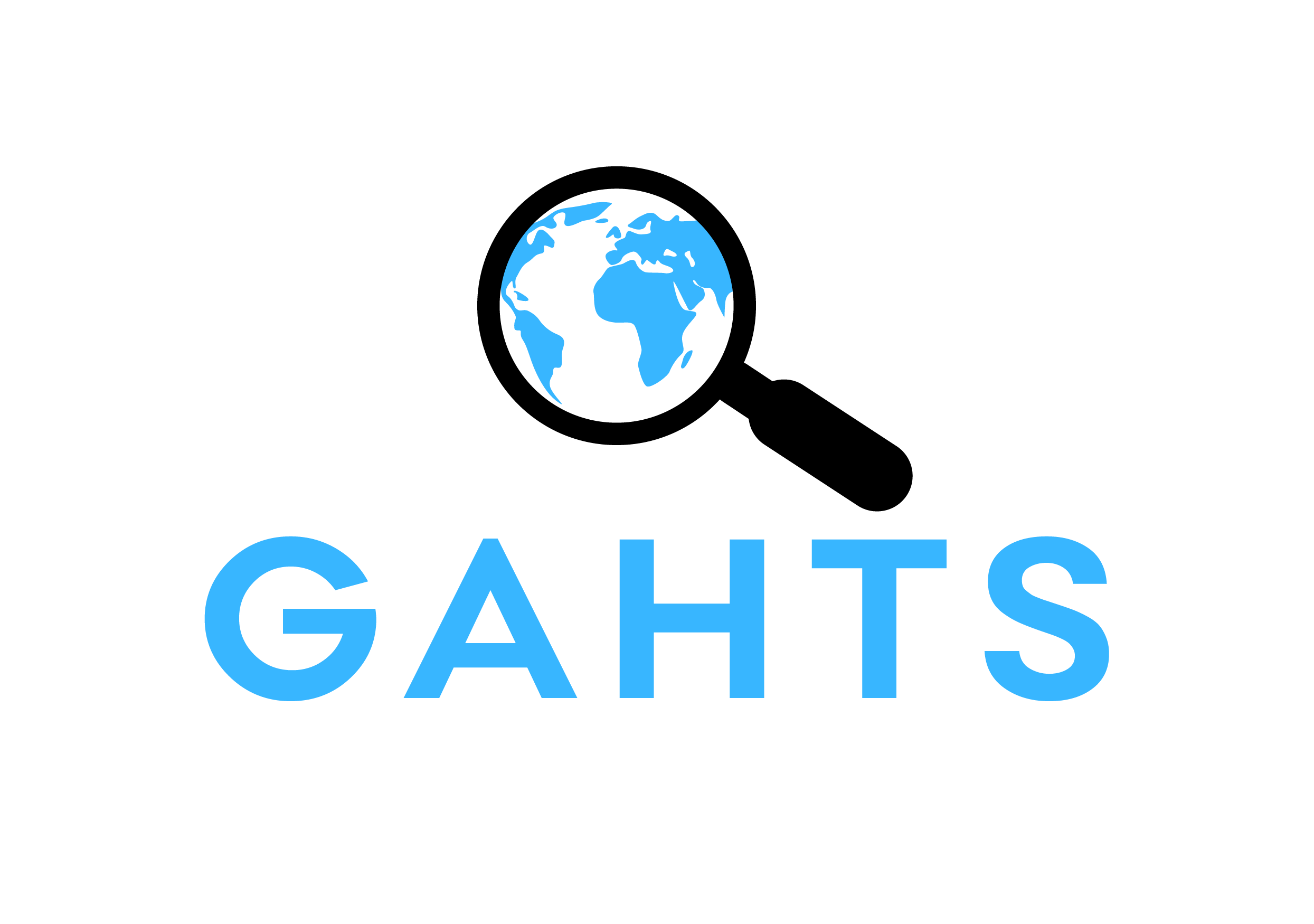From the Street Corner to the Digital World: How the Digital Age Impacts Sex Trafficking Detection and Data Collection
Author: Middleton, Jennifer
Abstract: Although sex trafficking has been a social issue long before the conception of the Internet, the arrival of a worldwide network has increased sex traffickers’ reach and anonymity, potential victims’ vulnerability, and buyers’ selection, driving an explosion in sex trafficking and exploitation. Via the Internet, sex traffickers can advertise trafficking victims anywhere in the world. However, data mining initiatives allow law enforcement agencies and researchers to gather and analyze data from web pages that potentially contain sex trafficking information. Addressing the need for public security in this domain requires the use of these technologies via data aggregation, analytics, and computational forensics. For example, DARPA created the Memex program in order to index the data from web pages on the deep web. The Memex program shares similarities with popular search engines, which index the web pages that most users access every day. Gathering and analyzing data in new ways will allow for a greater understanding of how sex trafficking is being performed in the digital world by providing insight into the modus operandi of sex traffickers and providing valuable information about the victims themselves. This, in turn, will inform more effective public security responses and victim aid to these crimes.
Keywords: human trafficking, sex trafficking, labor trafficking, information and communications technology (ICT), cybercrime, data mining, Memex, deep web
